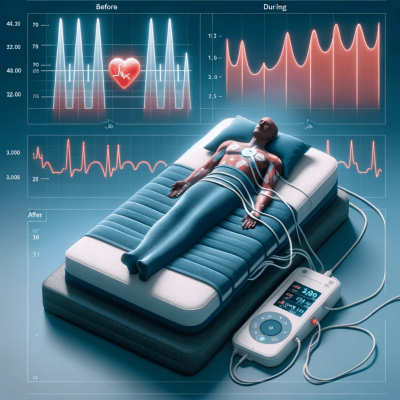In today?s news, according to experts in the UK and Czechia, people who have previously been hospitalized due to substance use problems had considerably worse results after developing a variety of physical health illnesses. The $51.5 million series C1 investment round won by Hazel Health, a K?12 school-based telehealth provider, will be utilized to support the company’s ongoing objective to deliver digital health support to all K?12 schools, regardless of family income or background. According to a recent study, increasing vigorous exercise may dramatically lower the risk of cardiovascular disease.
Table of Contents
ToggleSubstance use disorders are connected to a wide range of physical health problems
Original Source: Substance use disorders linked to poor health outcomes in wide range of physical health conditions
According to experts in the UK and Czech Republic, people with a history of substance use problems fare poorly with a variety of physical health concerns.
In a study published today in The Lancet Psychiatry, researchers compared persons who had been hospitalized for substance use disorder to those who hadn’t.
Patients with most health issues were more likely to die if they had been hospitalized for substance use disorder before developing these conditions. Substance abusers have reduced life expectancy for most health issues.
One in 20 adults aged 15 or older has an alcohol use issue, and one in 100 uses psychoactive drugs. Substance use disorders affect health directly and are linked to physical and mental illnesses. Because of this, substance abusers have a higher mortality risk and shorter longevity.
To investigate this link, researchers studied Czech hospitalization and mortality records from 1994-2017. They employed a unique design to estimate the probability of death and life-years lost after the emergence of various particular physical health issues in persons with a history of hospitalization for substance use disorders.
The study only looked at Czechs, but the researchers think the outcomes would be comparable elsewhere.
Pre-existing substance use disorders increased the risk of death from 26 of 28 physical health problems. Risk doubled for seven illnesses, including atrial fibrillation, hypertension, and ischemic heart disease. Substance abusers typically have shorter life expectancies.
Substance use problems seem to have a major detrimental impact on prognosis following the development of numerous later physical health concerns, in some cases dramatically decreasing life expectancy.
The experts suggest there are several probable explanations. Substance use negatively affects physical health and is linked to lifestyle issues including smoking, lack of exercise, and bad diet.
People with substance use disorders are less likely to participate in cancer and diabetes screening and prevention programs and utilize preventive medicine, such as hypertension meds. Diagnostic overshadowing is the misattribution of somatic symptoms to mental diseases. Misattribution can lead to under-diagnosis, late diagnosis, and delayed treatment.
Professor Peter Jones of Cambridge’s Psychiatry Department said, “These results highlight how crucial it is not to compartmentalize health situations. All interact to enhance substance abusers’ death from physical sickness. Clinicians, health services, and policymakers must notice these intersections for preventive action.”
Czech co-author Dr. Petr Winkler said, “Most substance abusers go undiagnosed. They rarely seek professional treatment, and hospitalizations occur only in advanced stages. Along with physical health, we must focus on early detection and intervention in substance use disorders.”
Hazel Health raises $51.5M for school-based physical and mental health
Original source: Hazel Health nabs $51.5M to fuel expansion and scale up school-based physical, mental health
Hazel Health, a K-12 school-based telehealth company, received $51.5 million in series C1 funding to continue offering digital health support to all K-12 schools regardless of family income or background.
Digital pediatric mental and physical health service will use money to grow national reach, employees, and technological stack. Hazel serves 2.5 million pupils in 14 states and 3,000 institutions. 10% of K-12 students in Hazel’s states now access physical and mental health care at school and home.
The school nurse and school council don’t ask for insurance or verification, says Hazel Health CEO Josh Golomb. “Healthcare must add resources. Most kids get care after school, when parents are off work, from 5 to 10 p.m., thus there is a provider scarcity. nighttime If you can open school hours without disrupting education, you can add capacity without adding suppliers.
Tao Capital Partners, Owl Ventures, Firework Ventures, Carrie Walton Penner, and Hermann Memorial provided funding. The telehealth startup partnered with Children’s Memorial Hermann’s pediatric network.
Over 20 school districts in Nevada, Florida, Washington, Georgia, and Hawaii have joined Hazel in recent months. Nevada’s Clark County School District has expanded mental and physical health services for 80% of students.
First-ever statewide student mental health coverage cooperation with Hawaii Department of Education. $3.8 million will help 170,000 students in 295 schools.
Hazel’s aim is to ensuring that all children have access to high-quality health care, regardless of family income, geography, race, ethnicity, insurance or immigration status.
Hazel’s fees are funded by insurance reimbursement, school district fees, and government initiatives that can be used to fund student health programs.
?The first years for us was building a model where kids could see one of our doctors, nurse practitioners, or PAs while at school and tackle everything from pinkeye to undiagnosed asthma,? Golomb said. We saw that this could help students, especially in rural areas where they miss a lot of school.
When Hazel debuted as a digital health service in 2015, it realized students’ physical health concerns couldn’t be isolated. Hazel saw pupils develop chronic absenteeism after waiting 28 days to see a doctor, which can affect reading levels, graduation rates, and jail rates.
Hazel’s data showed that treating kids in the school nurse’s office reduces early dismissals and absenteeism.
School-based treatment allows pupils to receive care in a familiar setting, rather than a hospital.
Hazel extended to digital mental health help in September 2021, the same month the AAP, AACAP, and CHLA proclaimed a national emergency in children’s mental health.
?Even before COVID hit, we were seeing a demand for mental health treatments since so many kids weren’t faking headaches or stomachaches,? Golomb said. “Our doctors linked them to anxiety or sadness.” Our first goal was to connect them to a great local community provider because many school districts already have someone they work with, but the waitlist was so long that we realized part of the solution for kids’ needs to be bringing more capacity to those kids, and not just any capacity, but really culturally competent care.?
More than half of Hazel’s providers are people of color, and over 30% are bilingual. Students can speak their own language and no longer need to translate for their parents.
Hazel connects pupils in Hawaii with state-licensed therapists who once lived there. Executives say this avoids cynicism about mainlanders and shares cultural shorthand.
71% of Hawaii’s youth suffering a major depressive episode aren’t getting treatment, according to a 2022 report.
About 1 in 5 children with mental, emotional, or behavioral difficulties need specialist mental health care, according to the American Academy of Child and Adolescent Psychiatry (PDF).
We’re extending to new districts and functions, said Golomb. ?One of the first students we saw had a COVID-killed father. We met the mom, they sent in the referral, and the child was on a seven-month waitlist, which is mind-boggling for someone who just lost her father. Our case manager contacted the parent, we set up a meeting, and she asked, “What month is Thursday?” ??
Adults can recommend students to Hazel’s mental health services. Six to 10 sessions follow an assessment. Golomb says that’s adequate for most kids. For others, community-based care plans are devised.
Hazel can triage short-term patients while protecting in-demand physicians for the sickest pupils.
?When we go into a town, we talk about supporting the local health ecosystem, because Hazel is not supposed to replace any of those providers,? Golomb added.
The company has raised $112.5 million, including $33.5 million in September 2020. Hazel delivered 15,000 counseling sessions in 2021-2022.
Other pediatric behavioral health providers are prominent. Brightline has raised $212 million and Elemy $219 million.
Vivi, an edtech business, partnered with Headspace to deliver mindfulness and meditation to K-12 classrooms. Headspace devised the teacher-led technique to alleviate classroom stress.
According to the CDC, 1 in 5 youths have seriously considered suicide, 20% have suffered a major depressive episode, and 36.7% feel depressed or hopeless.
The Biden administration offered $300 million this summer to improve school mental health.
High-intensity exercise improves heart health
Original source: How Higher Intensity Exercise Can Improve Your Heart Health
A recent study indicated that brisk exercise reduces the risk of cardiovascular disease more than moderate exercise.
Physical activity has long been known to lessen the risk of certain heart diseases, but kind and duration have not been separated.
Running may deliver more benefits than walking, even when overall exercise is the same. A research found brisk exercise can reduce cardiac disease by 40%.
In addition to exercise intensity, overall hours may matter most, say researchers.
First author Paddy Dempsey, PhD, of the University of Leicester and MRC Epidemiology Unit at the University of Cambridge, said wearable fitness trackers helped the researchers collect better data.
?Most large-scale studies to date have utilized questionnaires to measure participants’ physical activity levels, but physical activity intensity and duration is challenging to recall reliably, especially for low-intensity daily chores like cleaning the car or sorting laundry,? Dempsey said. Without accurate records of physical activity duration and intensity, it’s impossible to separate strenuous exercise from overall volume.
88,000 people were studied
The study examined 88,000 UK participants’ exercise levels over a week using a wearable gadget that measured steps. Previous research employed activity logs, which led to errors because individuals overestimated their activity level. Movement data was used to calculate brisk and moderate activity levels. The individuals were followed for an average of 6.8 years and their rate of cardiovascular illnesses was observed. All individuals were middle-aged and healthy.
The 88,000-person wearable device study is unique because it uses research-grade activity monitors to quantify volume and intensity. Dr. Rachel-Maria Brown Talaska, head of inpatient cardiac care at Lenox Hill Hospital, said the researchers avoided using questionnaires to estimate individuals’ physical activity level.
Overall Results
Total exercise volume was associated with a lower risk of cardiovascular disease after data collection and analysis.
Even when daily activity levels were modest, increasing brisk exercise from 10% to 20% lowered the risk of cardiovascular disease by 14%. Higher daily exercise and brisk to moderate activity rates reduce cardiovascular disease risk.
New study shows that sedentary behavior can increase cardiac events, and that the intensity of physical activity matters. Dr. Jayne Morgan, cardiologist and executive director of Health and Community Education at Piedmont Healthcare, Inc.
Activity rate also matters
Increasing general activity without brisk exercise didn’t reduce heart disease risk. Overall activity and brisk exercise minimize the risk of cardiovascular disease.
When moderate-to-vigorous physical activity increased by 20%, heart disease fell 23%. Increasing vigorous exercise by 40% reduced heart disease by 40%.
?While the sort of physical exercise wasn’t evaluated, changing or adopting new behaviors can be based on your lifestyle,? said Morgan. The study authors suggested doing more exercises or walking quicker to reach the same distance in less time. Total activity levels are still vital, and even if someone can’t raise their brisk activity, lower intensity exercise is still beneficial.
Activity boosters
Both doctors agreed that total activity levels were most essential in the study. Brown Talaska offered various novel fitness activities.
Running, lap swimming, singles tennis, and jumping rope are intense activities. She also urged that “patients should slowly increase physical activity in cooperation with their healthcare physician; if you’re doing nothing, do something” If you’re doing something light, do it moderately or vigorously. Goal-setter! You’ll feel better.
Morgan echoed this. “Walkers, speed up! If you like Pilates, perform a couple more reps. Increase your heart rate and health. Unknown. You may lose weight.”
Summary of today?s physical health news
Overall, in a study published today in The Lancet Psychiatry, researchers compared those who had been hospitalized for substance use disorder to those who had not. They discovered that patients with most health issues were more likely to die if they had been hospitalized for substance use disorder before developing these ailments. For most health issues, people with drug use disorders had reduced life expectancies.
Meanwhile, Hazel Health, a K-12 school-based telehealth provider, raised $51.5 million series C1 funding. The money will be utilized to deliver digital health support to all K-12 schools, regardless of family income or background. The supplier of digital pediatric mental and physical health will utilize the funding to grow its national reach, employees, and tech stack. Now across 14 states and 3,000 schools, Hazel touches 2.5 million pupils. Recent expansion allowed 10% of K-12 students in Hazel’s states obtain physical and mental health care at school and at home.
Finally, according to a recent study, increasing vigorous exercise may dramatically lower the risk of cardiovascular disease. Even if overall activity is constant, vigorous activity (like running or speedwalking) may have greater advantages than moderate activity (like walking). The study discovered that increasing vigorous exercise could reduce heart disease by as much as 40%.








